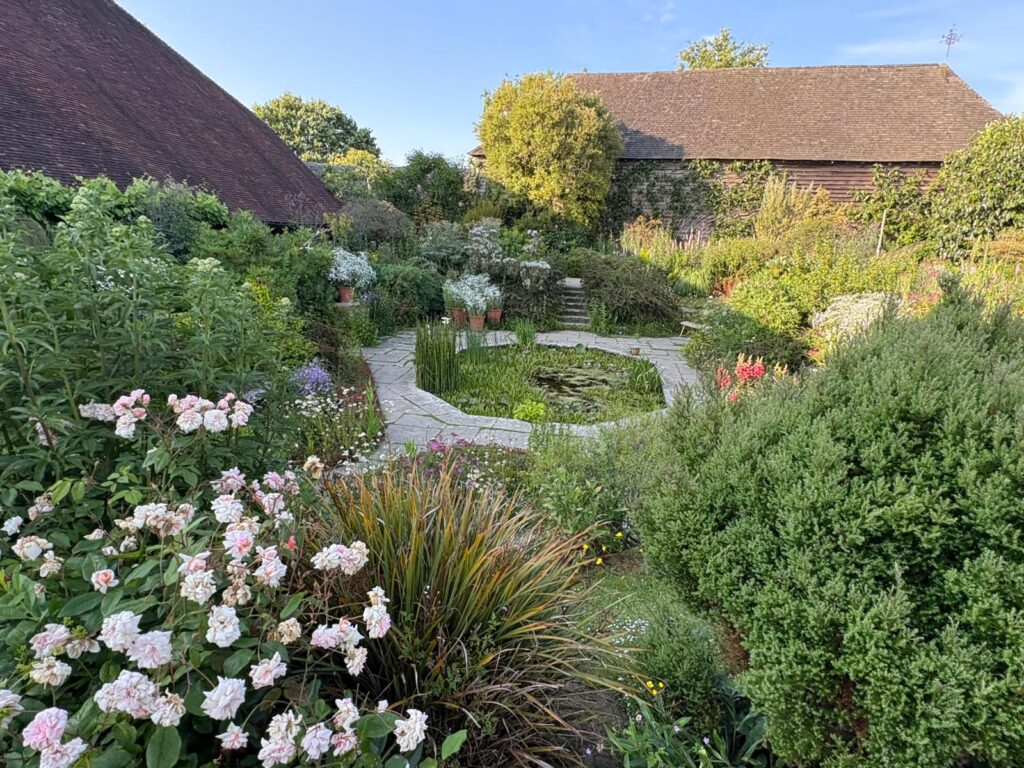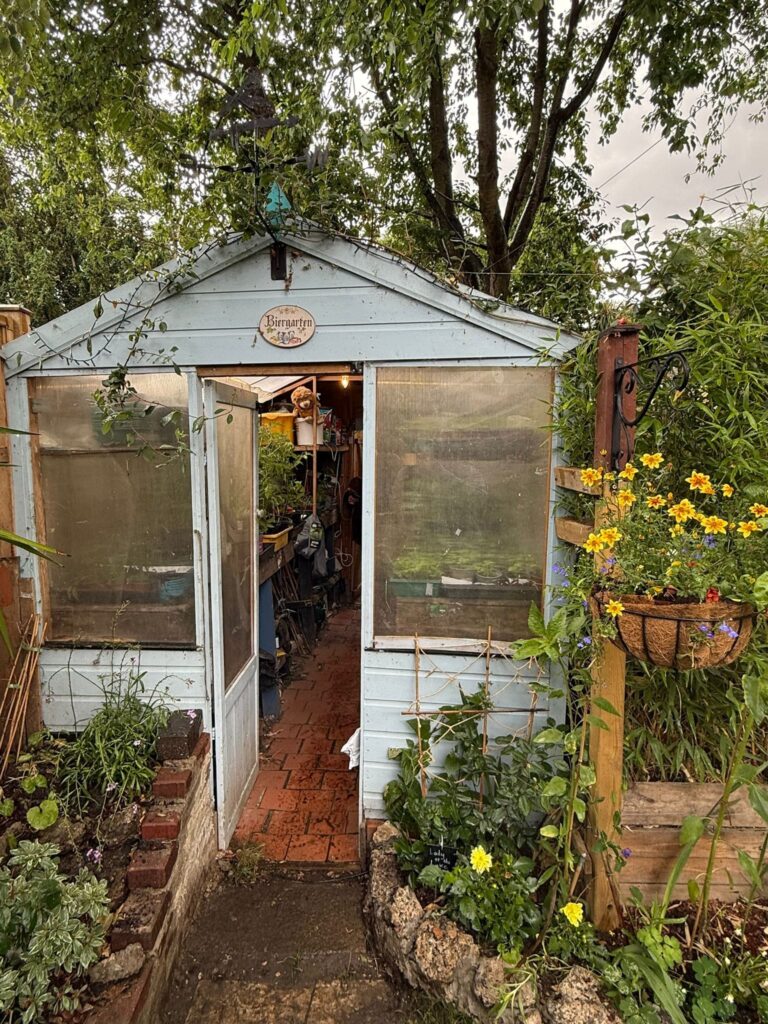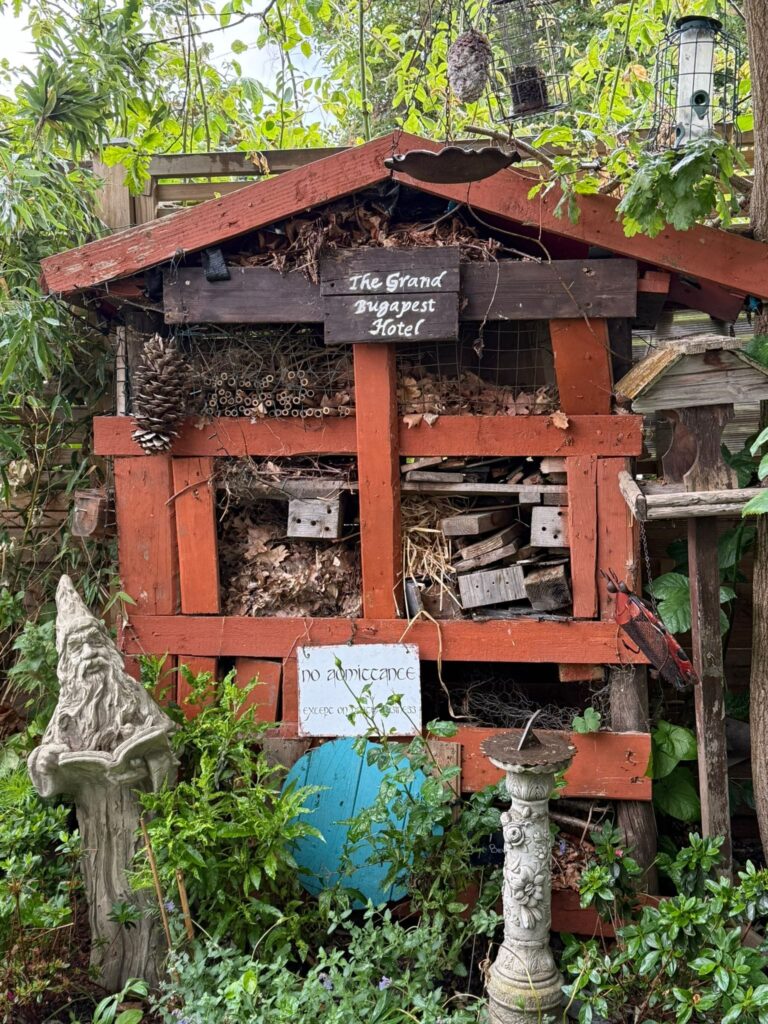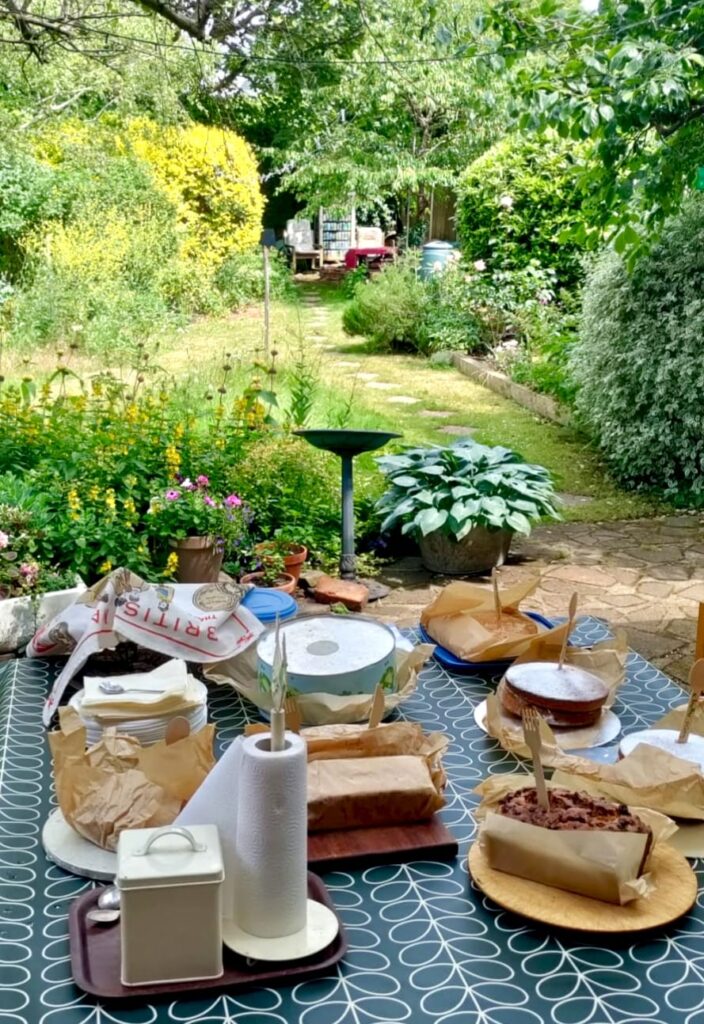“The quality of the gardens was on another level,” said one of the almost 400 visitors to the 24 gardens opened by local residents on the Lakehouse and Aldersbrook Open Gardens Trail on Sunday 8 June 2025.

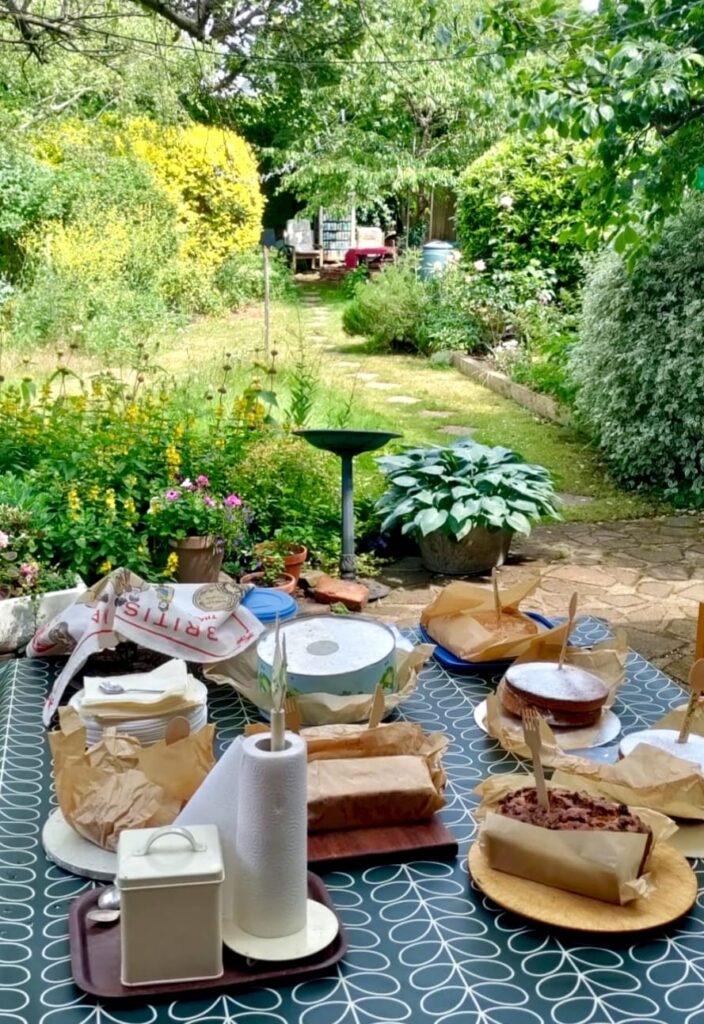
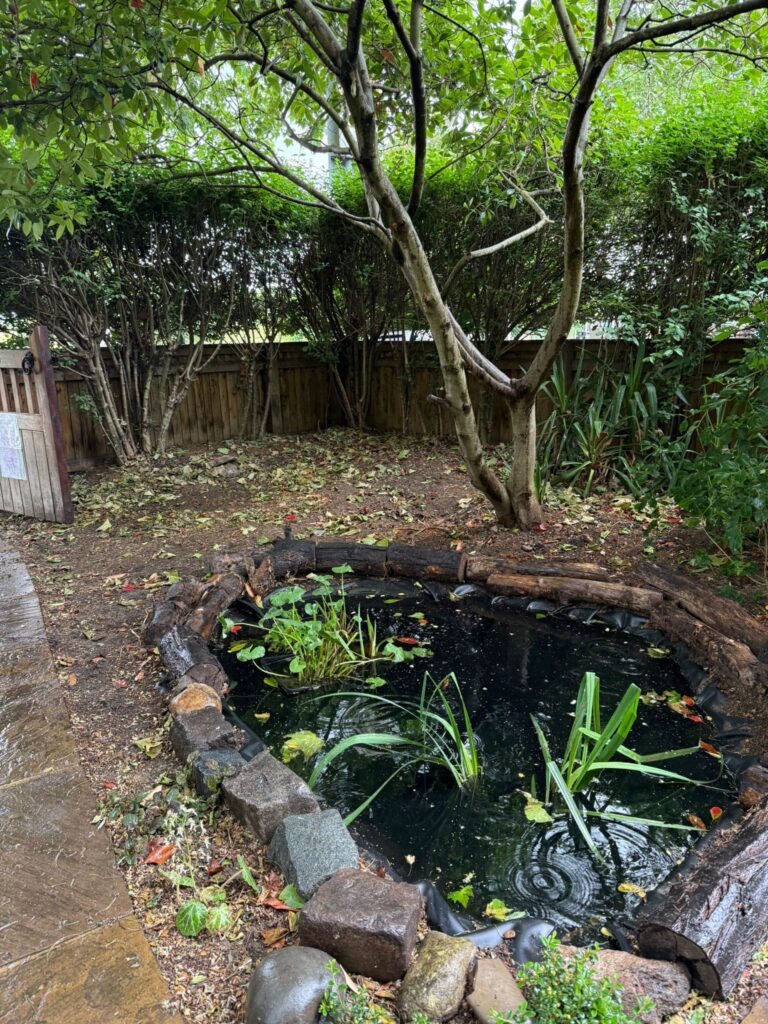
Our fourth biennial trail saw a wide range of gardens open reflecting the expertise, passion and ingenuity of the garden hosts. From small gardens overflowing with a profusion of plants and colour, to a community garden providing plots freely, and to which people can bring their children to spend time in a natural environment, or sit and enjoy the garden and chat; from a garden reflecting its original Edwardian style to gardens designed with artistic flair and imagination: visitors delighted in the variety and creativity on display.
Tea and cake welcomed guests in several of the gardens (a lot of our gardeners are also great bakers); one garden even provided wood-fired pizza throughout the afternoon!
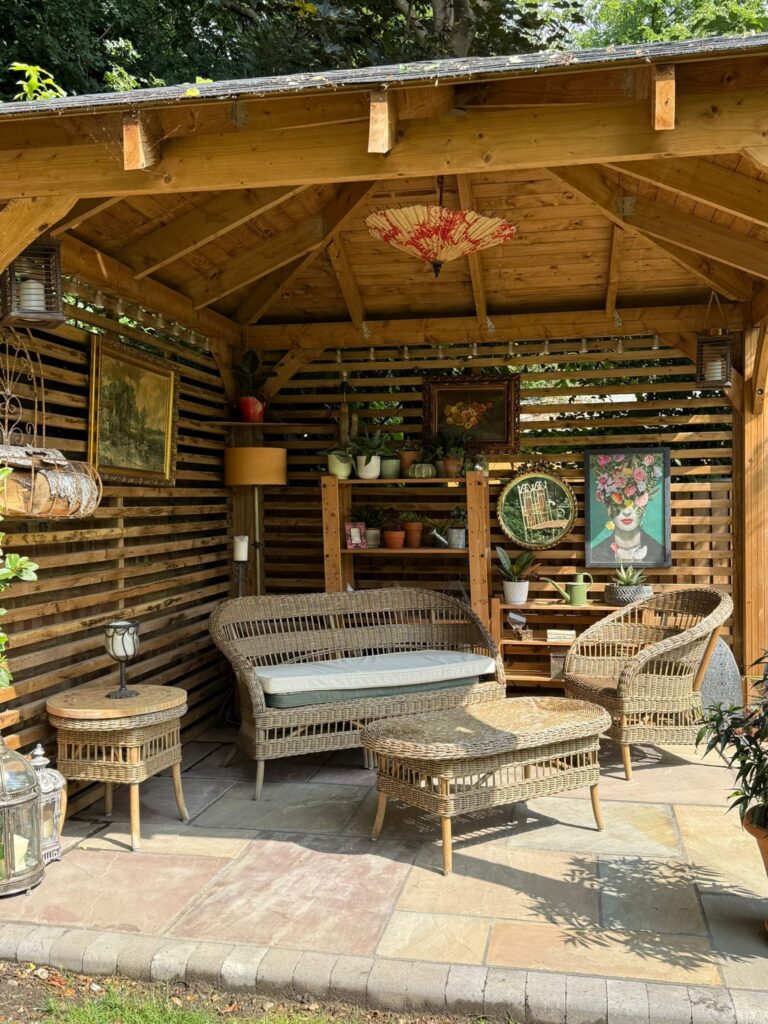
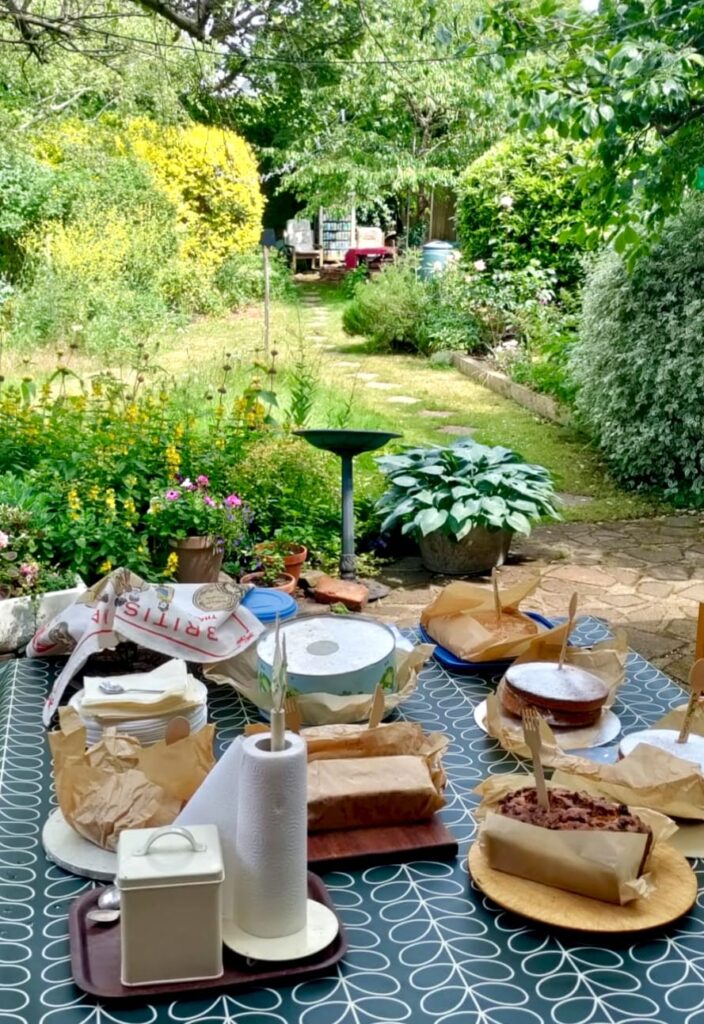
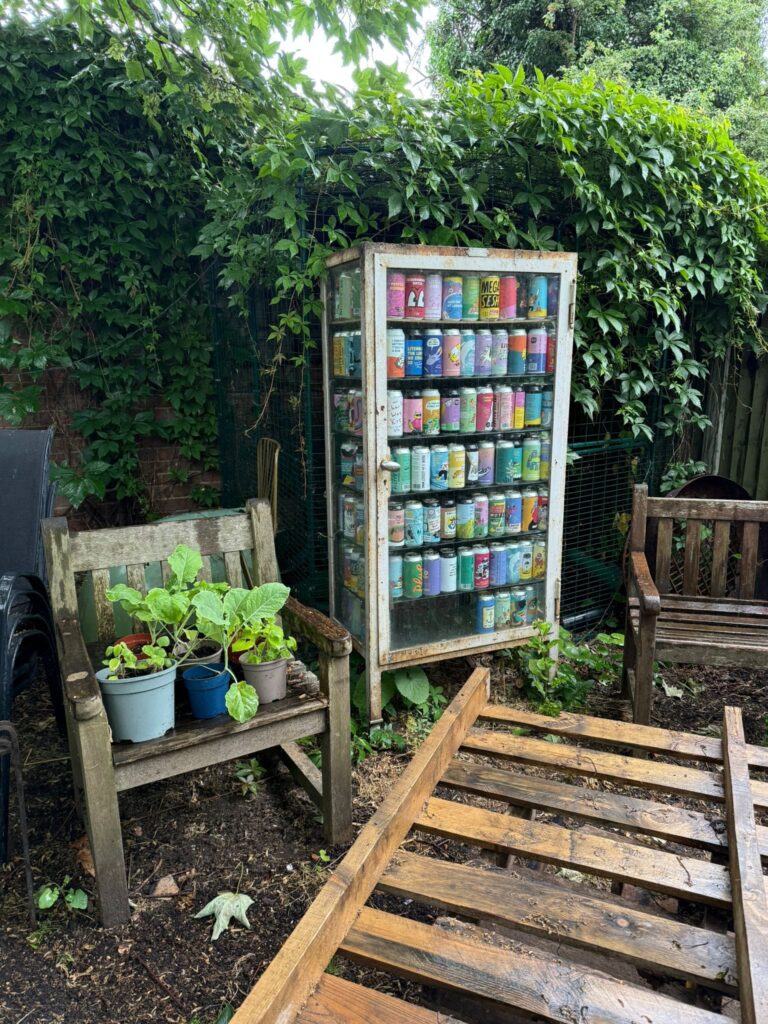
Our Chair, Ruth Martin said, “We were thrilled so many people were able to enjoy the gardens on the trail. We were overwhelmed by the positive response from our visitors, and were delighted to be able to raise almost £5,000 for our charities: CHAOS, the Sunderland Way Community Garden and Perennial.”
There was also praise for our society, whose numbers have been growing year on year since its inauguration in 2018. One new member said, “You work so well together that the experience of the member can be focused on the matter in hand: learning, experiencing and delighting in the wonder of nature and our gardens in a shared and generous way.”

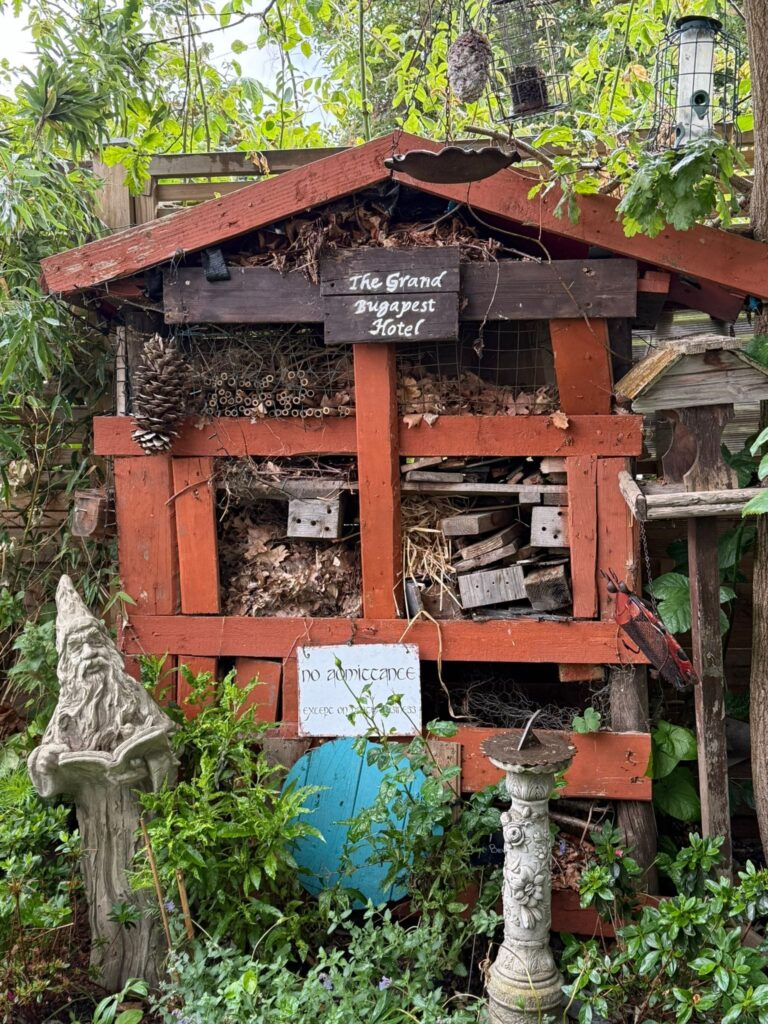
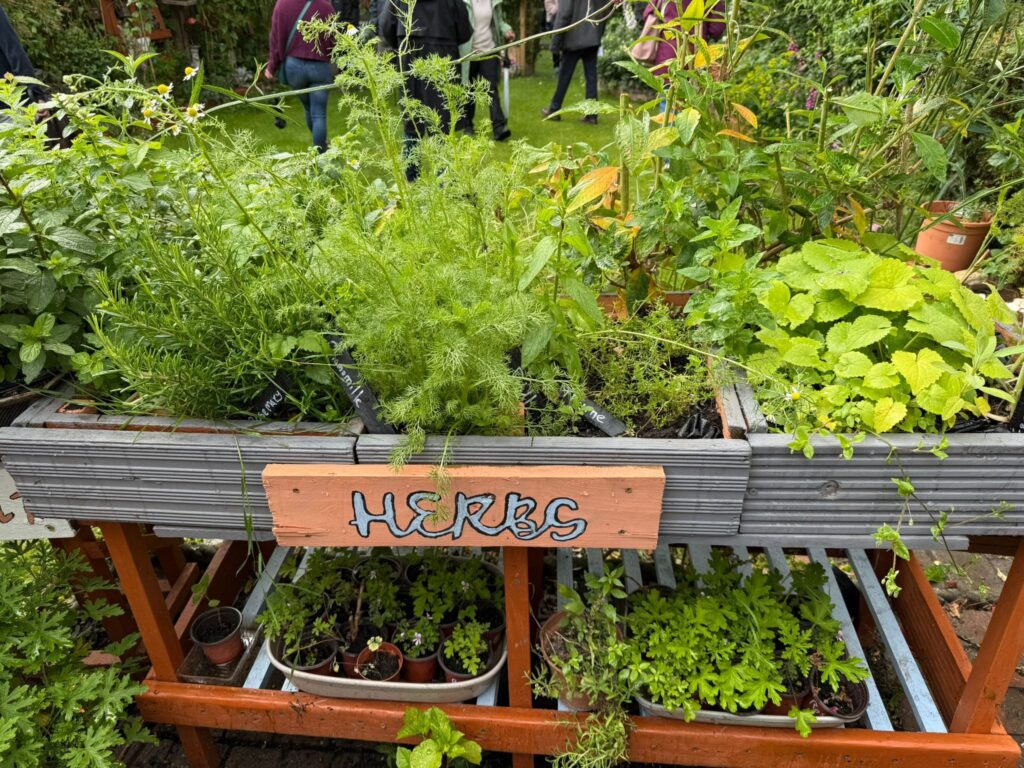
The society is already making plans for a fifth Open Gardens Trail in 2027! We can’t wait!


